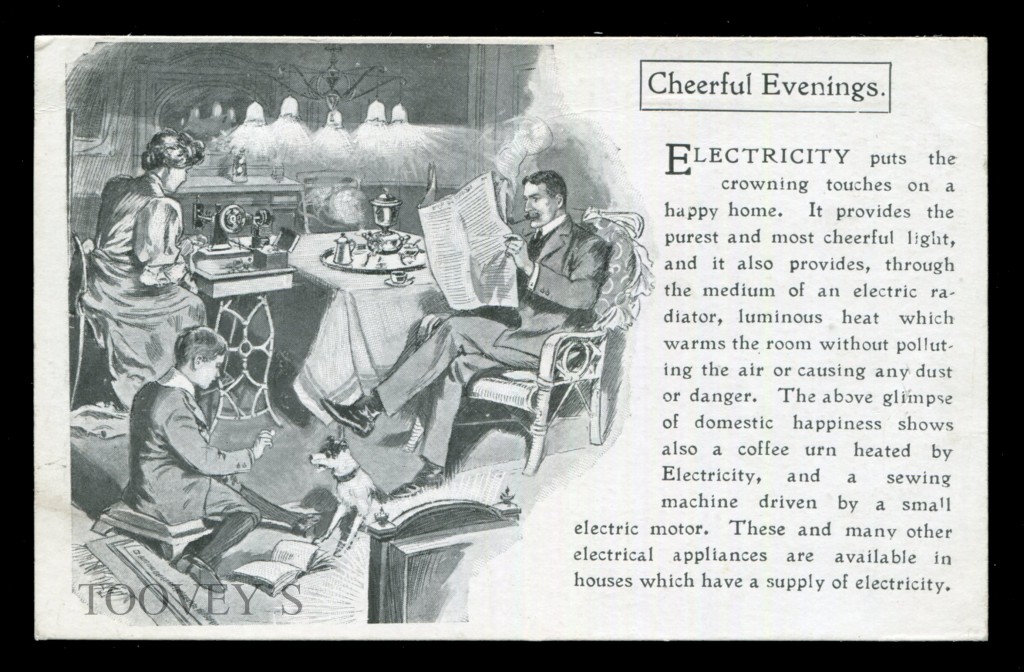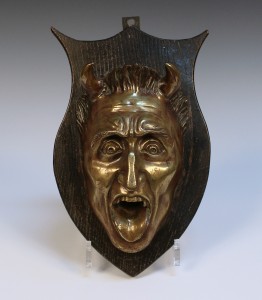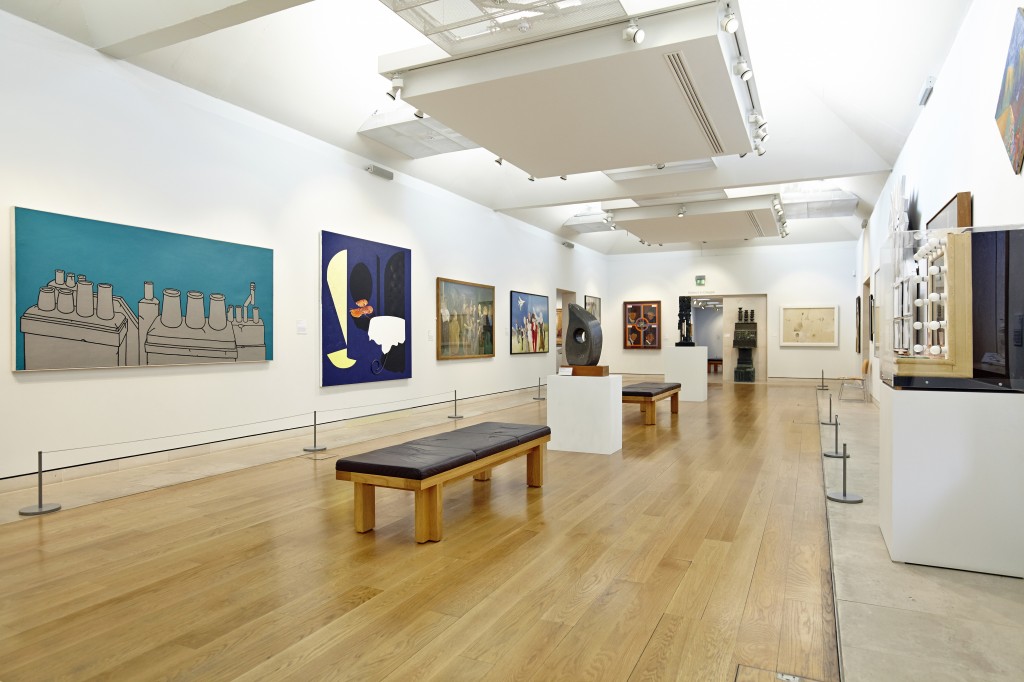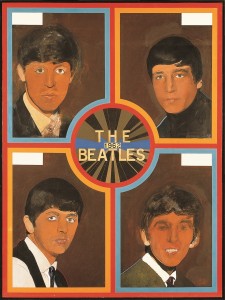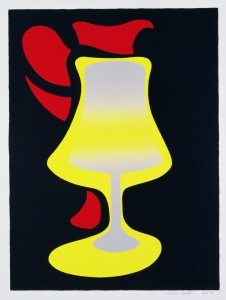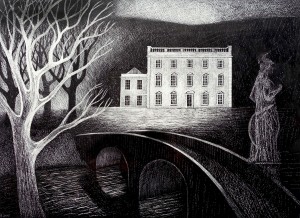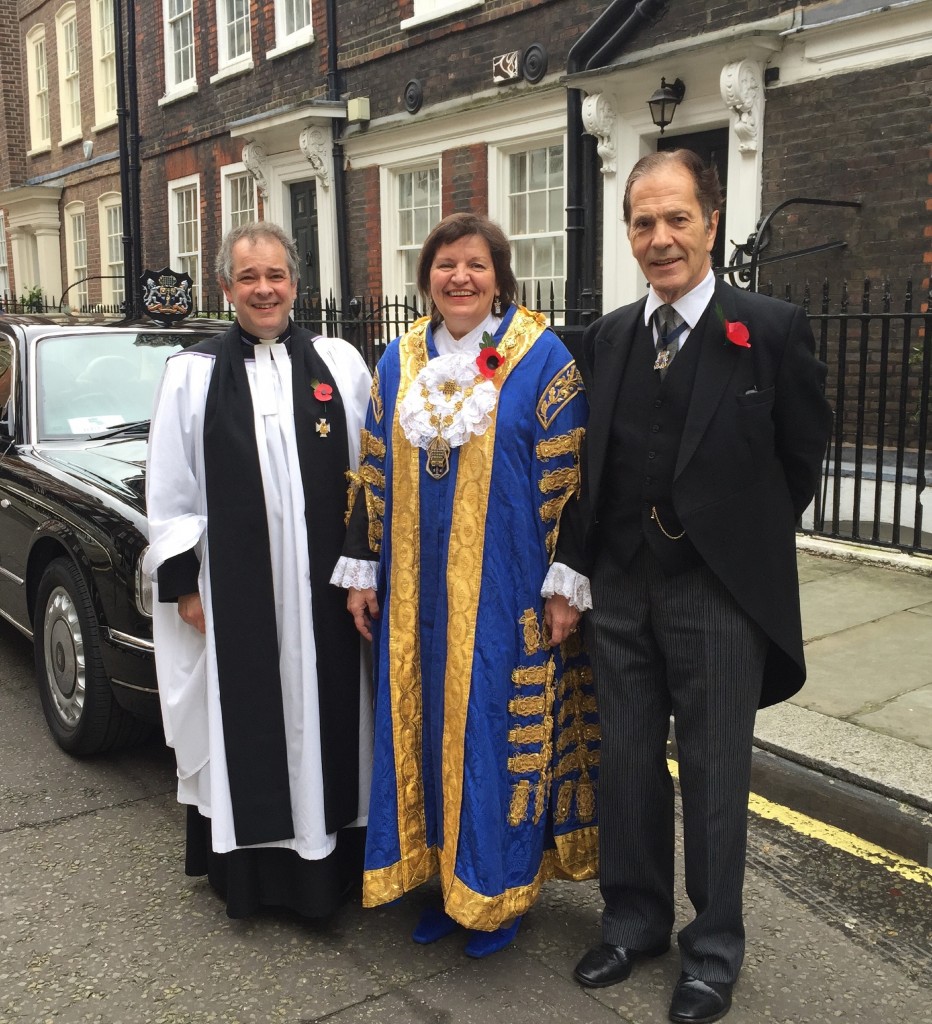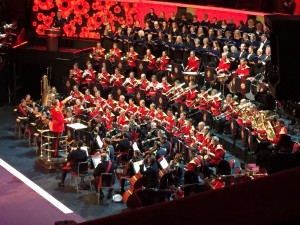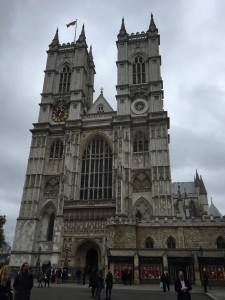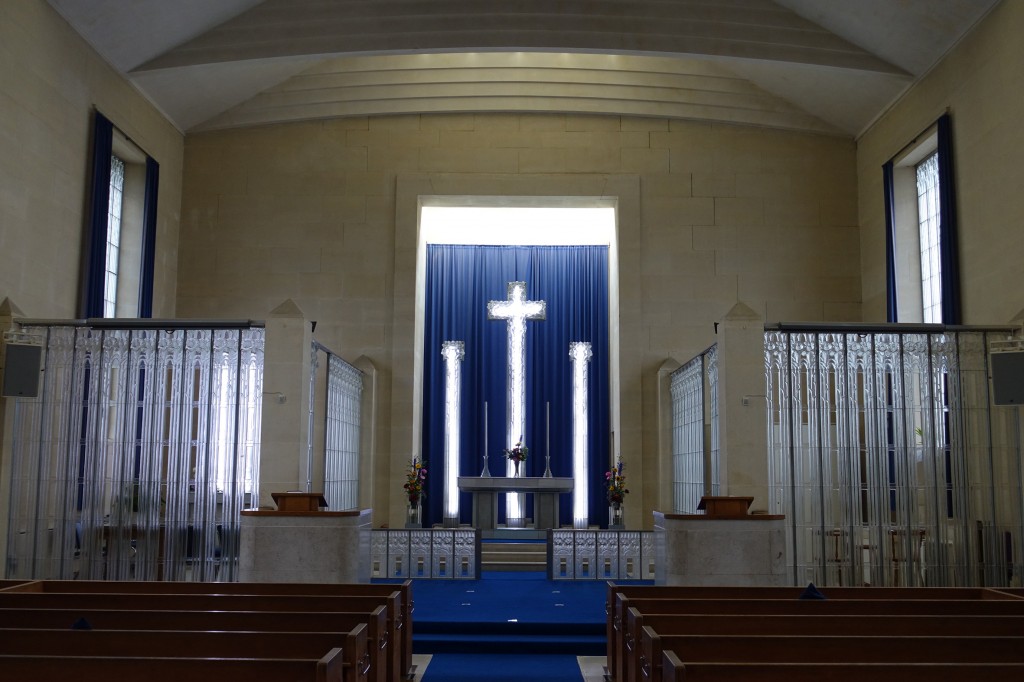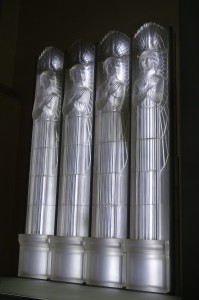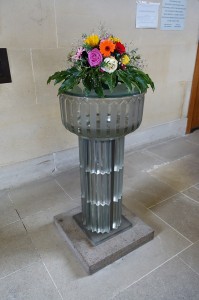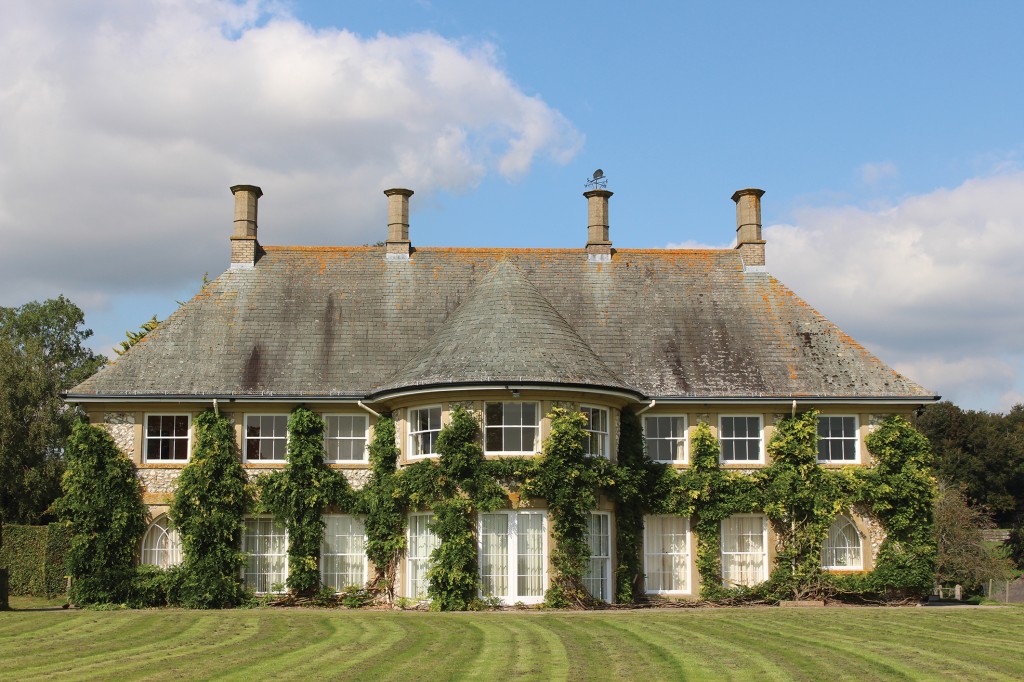
Toovey’s Fine Art Auctioneers are offering the principal contents of Angmering Park House, the home of the Late Baroness Herries of Terregles, as a single-owner collection at their Washington salerooms on Monday 7th December 2015.
Baroness Herries of Terregles (1938-2014) was the 14th holder of the barony. She inherited the title from her late father, the 16th Duke of Norfolk and 13th Lord Herries of Terregles, upon his death in 1975. Born Anne Elizabeth Fitzalan-Howard, she was the eldest of four daughters and grew up at Arundel Castle, the Norfolk’s family seat in West Sussex.
Lady Anne shared her family’s love of horses from a young age and would become a well-known racehorse trainer and the second wife of Colin Cowdrey, later Lord Cowdrey of Tonbridge, one of England’s most celebrated cricketers.
In 1970 she moved to her paternal grandmother’s home, Everingham, in East Yorkshire. There she became Master of the Middleton Hounds. In 1979 she returned to Sussex, making her home at Angmering Park House on the Angmering Park Estate, close to her childhood roots at Arundel. Horse-racing was in Lady Anne’s blood and she set about training racehorses with notable success.
Lady Anne’s life was always rooted in the countryside and most especially in the folds of the Sussex Downs. Her home, too, reflected the best of traditional English country house taste.
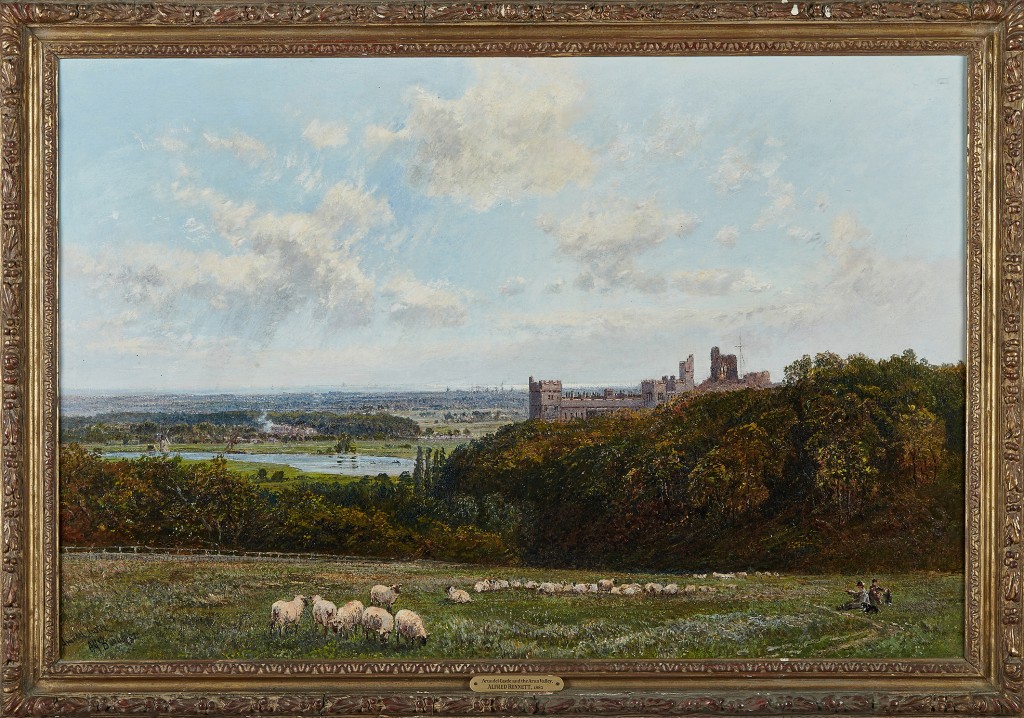
The delightful oil painting by Alfred Bennett (1861-1923) is one of the lots entered from the collection. It captures a familiar view of Lady Anne’s childhood home, Arundel Castle, and is expected to realise £800-1200.
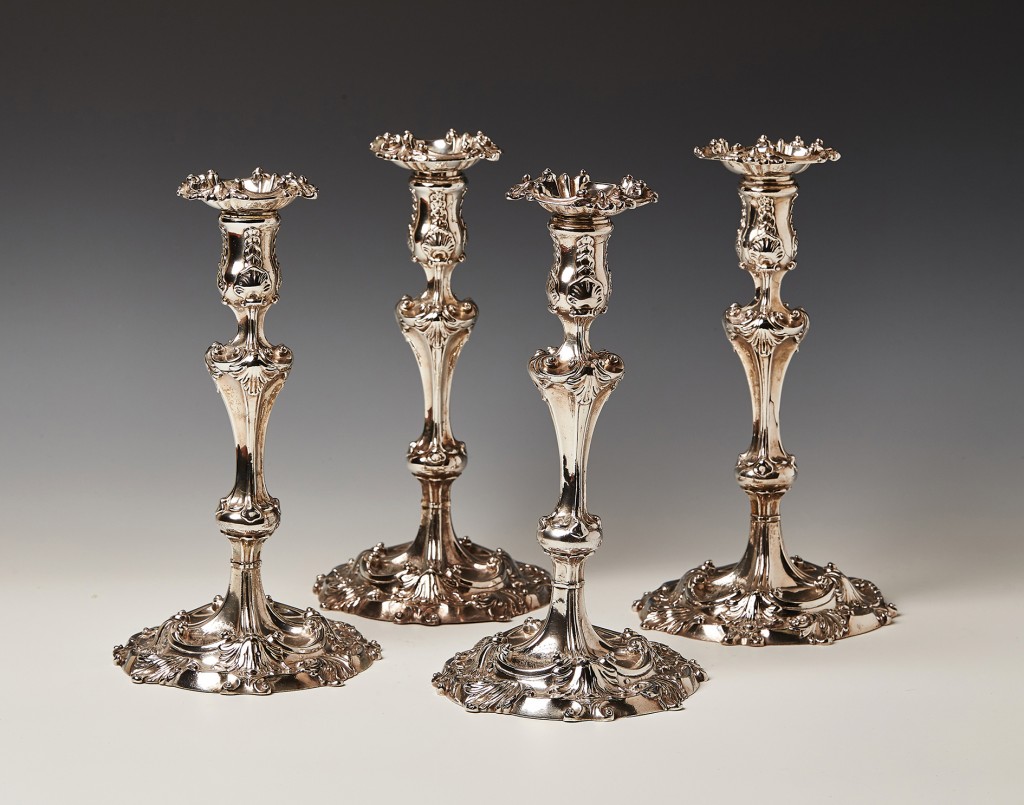
Amongst the silver is a beautiful set of four George II candlesticks by the London maker Alexander Johnston. They date from 1751 and 1752. The Rococo taste is reflected in their decoration with foliate nozzles, shell moulded sconces, waisted baluster stems and leaf scroll bases. They are estimated at £3000-5000.
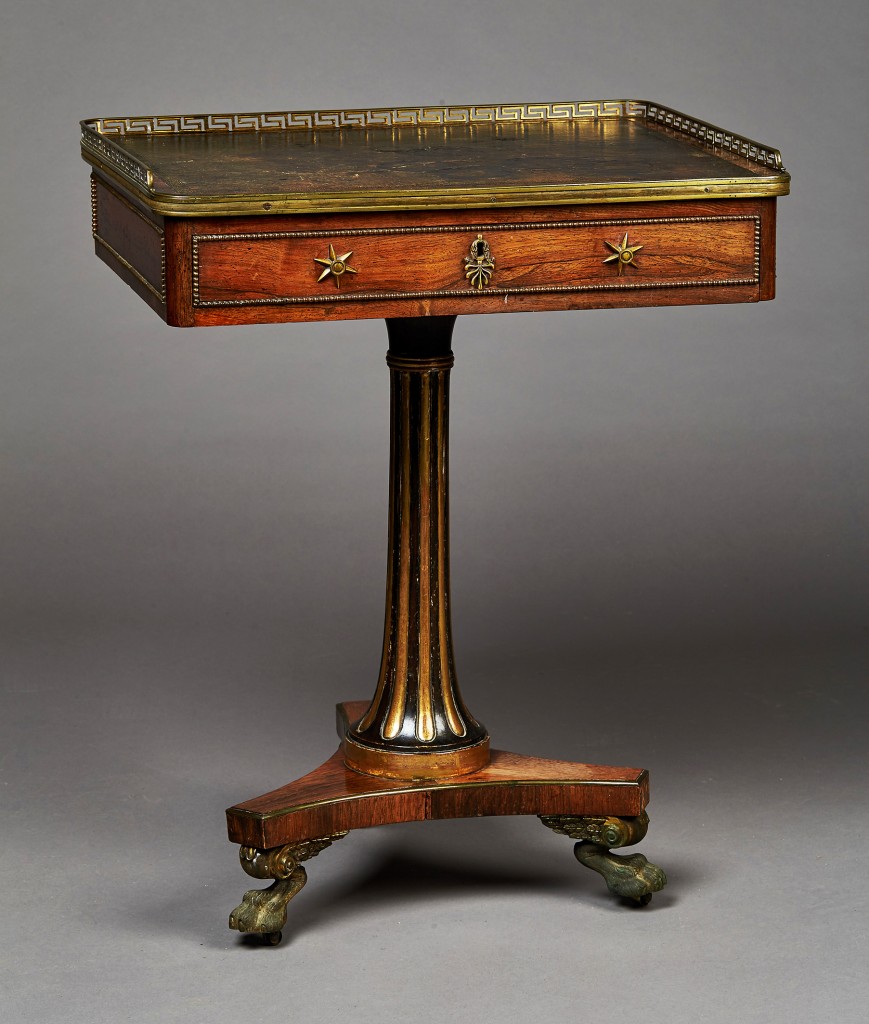
The Regency rosewood and gilt metal mounted writing table has been attributed to the famous cabinet makers Gillows of Lancaster. The familiar anthemion key escutcheon and six-point star handles are to be found on other examples of Gillows furniture. It carries a pre-sale auction estimate of £1500-2500. It is one of several pieces of furniture which have been attributed to Gillows of Lancaster in this sale.
I have always held a fond admiration for Lady Anne and her family. They have made such a remarkable and generous contribution to our community in Sussex. It has been my privilege to accompany them over many years through their charitable activities and, like so many others, I have valued their friendship and support. I am, therefore, delighted that Toovey’s are offering the principal contents of Angmering Park House at our salerooms at Spring Gardens, Washington, West Sussex, RH20 3BS. The sale provides an extraordinary insight into the life of a remarkable family.
Viewing for the sale of the Collection of the Late Baroness Herries of Terregles, and Toovey’s series of other Christmas auctions, begins this Saturday morning, 28th November 2015. For more details and to preview the auction go to www.tooveys.com or telephone 01903 891955. I look forward to seeing you there!
By Revd. Rupert Toovey. Originally published on 25th November 2015 in the West Sussex Gazette.
